“The title essay of Fried’s book, Art and Objecthood, was first published in 1967, and to me it stands as the single best explication of the modernist fascination with objecthood. Fried is writing about visual art, but I’ve always found his ideas most suggestive for literature. He opens with a quotation from the Puritan philosopher and writer Jonathan Edwards: “Presentness is grace.” Fried then goes on to observe that paintings and sculptures are things, objects. Yet their effort is always to defeat or suspend their objecthood—to make the beholder forget that they are staring at a thing.
The work of art wants to absorb the viewer—to annul the distance between them, to shape the viewer’s experience, rather than being the passive object of that experience. I think this applies to the modernist novels I’ve chosen in a few different ways. First, the idea that objecthood represents a target for art, an enemy, suits modernist literature. The freezing, objectifying, automating forces that Celine sees in middle-class culture, that Beckett sees in the debased language of newspapers and fascist pamphlets, that Ellison sees in racism—Fried gives us a new perspective on this antipathy. Second, Fried’s description of the project of art as the dissolution of objectivity illuminates some of the values that play over the modernist fascination with consciousness. And finally, Fried’s idea that art is trying to do something that is actually impossible—to overcome its objecthood, annul its embodiment—is a salutary reminder that great art’s ambitions are extreme, weird, overwhelming, and excessive.”
Michael Clune on Modernist books, Five Books interview, June 2nd, 2023

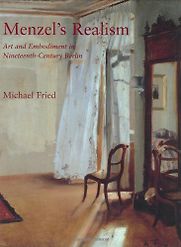
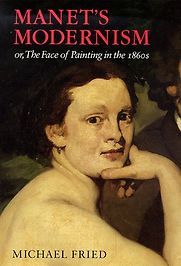


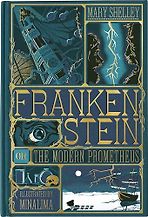

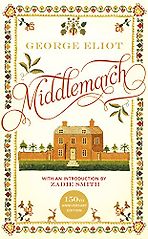
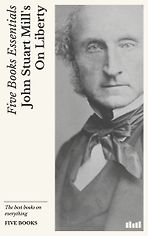
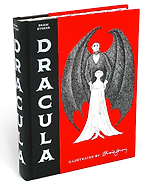
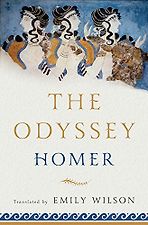
Commentary